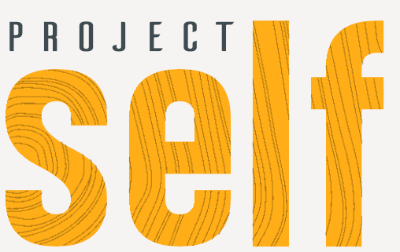There are some things in life that are certain. Death. Change. And Uncertainty.
Uncertainty is integral to change as we transition through states and experiences. It is a vital, transformational territory we have to navigate.
Uncertainty in effect is a state of questioning. What will happen? How will I cope? How long will it last? Questions without definitive answers.
Questions without definitive answers tend to make us anxious and uncomfortable because how can we make decisions without answers? How can we be certain we’ve made the right choice if we don’t know?
Our brains are wired to keep us safe. To create a reality that is predictable, comfortable and therefore more certain (because it’s created from what we already know). When something is uncertain it’s potentially unstable, unpredictable. It’s unknowable and so creates room for doubt. Which often leads to self doubt.Things being uncertain make us feel uncertain and so unsafe. When things become unstable externally this can create an internal state of fear where it’s difficult for us to trust and be patient.
When things are ill-defined, unclear and messy we tend to wobble and mistrust. When we can’t see the shape of things or things to come but have to find our way part-sighted through the unfamiliar, we feel unsure of the right way or even any way.
Uncertainty contains aspects of indefiniteness and indeterminacy. So to resolve this state we want to be able to answer “what will it look like”? These questions are not about the uncertainty, but the space beyond uncertainty. It’s why a classic coaching question is “how will you know when you’ve got there”?
Uncertainty as a place in between here and there can often feel more manegable if there is some clarity or reassurance, an assured foothold, a landing on the other side. Some parameters, some sense of containment. A sense of “I’ll go here for a little bit as long as I know I can get out” or “I’ll weather this if I know I’ll get what I want the other side. Then I know all this discomfort is worth it.” It’s why coaches may work to bring the future into play through imagination and visualisation.
If we can see what we don’t yet know, feel it, we tend to believe it, make it tangible. We can chose to trust that potential and possibility can rise through the haze; that the haze is potential and possibility. Even though our brain is telling us we should be turning away from the unknown and stay safe with the known.
This is the art of trust.
The trick to uncertainty is not to fear getting lost in it. It may feel like a dessert, a wild sea or a forest, but we do not need to lose ourselves in this landscape we are setting off to find a path within. We do not have to allow uncertainty to flood our bodies, or become steeped in thoughts about the uncertainty we are feeling, becoming like a container tipping over in water. We can stay afloat and be the figurehead. We can manage the sense that we ourselves are changing shape and are leaving the known yet to become the unknown.
But it isn’t uncertainty, it’s the resistance to uncertainty that becomes the discomforting edginess. We are not meant to stay with the known as we outgrow it it. We instinctively know this.
Uncertainty as a place of not knowing offers us a place of knowing ourselves. For when we don’t know, we have to look harder at what we do know within ourselves.
We really don’t know much. Or control much. The more we accept this, the easier it is to feel more at ease when we don’t. We cannot predict what will happen. The map only becomes drawn through the steps as we take them.
One step at a time.
If the topic and themes in this article resonate with you and you’d like to explore feelings of uncertainty further, please go ahead and book a free exploratory phone call with me and I’d be happy to talk with you. ( Consultation Call button at the bottom of this page).
